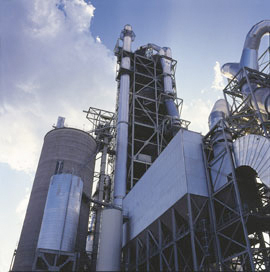| Compliance Summary |
 Compliance Summary Tool Compliance Summary Tool
|
 |
| Transportation Modes |
|
 |
| Service Functions |
|
 |
| Regulations |
|
 |
| All Topics |
|
 |
|
Please note: This summary is provided to help you understand the regulations. Consult the references provided for links to the full text of the regulations.
Aerospace National Emission Standards for
Hazardous Air Pollutants (NESHAP).
The Aerospace NESHAP (40 CFR 63 Subpart GG) applies to facilities that are a major source of hazardous air pollutants (HAPs) and that are involved in the manufacture or rework of commercial, civil, or military aerospace vehicles or components. EPA defines a major source of HAPs as: "Any stationary source or group of stationary sources within a contiguous area and under common control that emits or has the potential to emit 10 tons per year or more of any HAP or 25 tons per year or more of any combination of HAPs." The affected operations include solvent hand wiping as well as other non-cleaning operations that use solvent such as painting and paint stripping.
The HAPs regulated by the Aerospace NESHAP include both organic and inorganic HAPs. Organic HAPs, such as methyl ethyl ketone (MEK) and 1,1,1-trichloroethane, are used as solvents in cleaners, coatings, chemical strippers, and chemical milling maskants. Inorganic HAPs, such as lead and chromium, are found in primers and topcoats. In addition to HAPs, the Aerospace NESHAP also regulates emissions of Volatile Organic Compounds (VOCs).
The Aerospace NESHAP specifies that hand-wipe cleaning must either:
- Use an "approved" cleaning solvent (aqueous or hydrocarbon-based with no HAP or ozone depleting compounds), use a cleaner with a composite vapor pressure of 45 millimeters of mercury (mm Hg), or
- Demonstrate that the volume of hand-wipe solvents used in cleaning operations has been reduced by at least 60% from a baseline volume.
Also, facilities are required to use closed containers for storing cleaning agents and immediately after use solvent-laden rags must be placed in bags or other closed containers that prevent release of cleaning agent vapors.
Under the Aerospace NESHAP, new affected sources built after 1 September 1, 1995 must be in compliance upon startup.
See More Resources on the Cleaning, Solvent page for an Aerospace NESHAP fact sheet.
|

